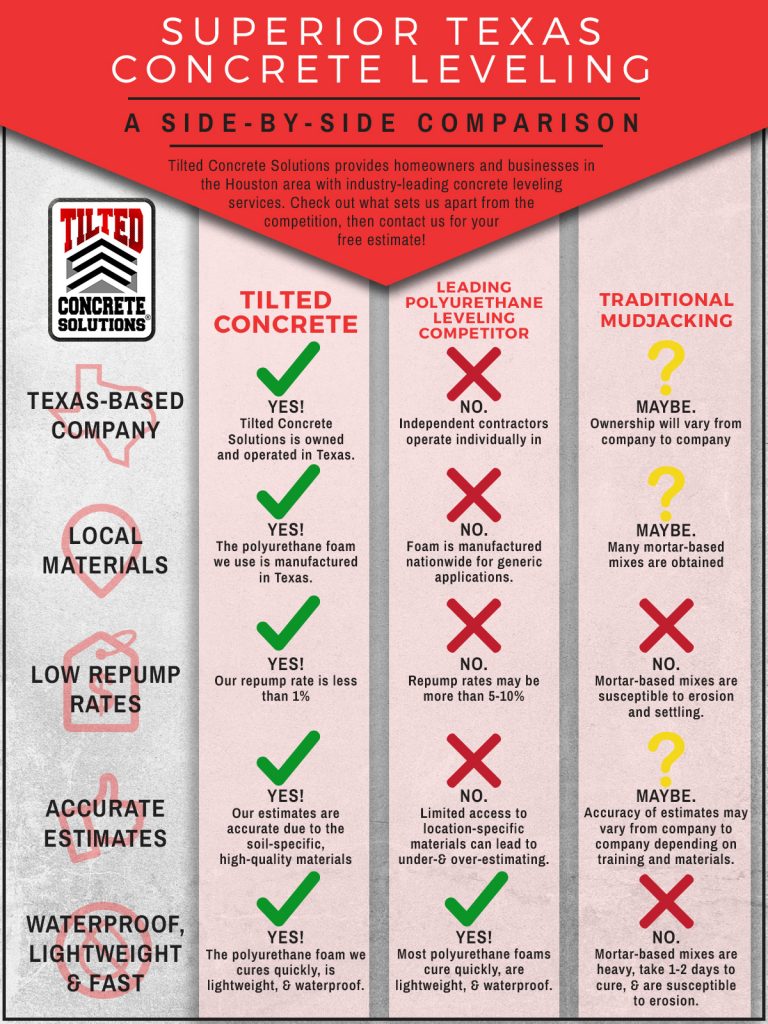Examine The Duty Of Seasonal Factors In The Success Of Business Exterior Paint And Reveal The Very Best Times To Safeguard Enduring Outcomes For Your Job
Examine The Duty Of Seasonal Factors In The Success Of Business Exterior Paint And Reveal The Very Best Times To Safeguard Enduring Outcomes For Your Job
Blog Article
Authored By-Regan Chaney
When you're planning an industrial external paint task, seasonal variables can make or damage your outcomes. You'll wish to consider how temperature and moisture effect paint application and drying out times. Picking interior house painter near me can guarantee your paint sticks appropriately and lasts much longer. However which periods are absolutely the most effective for this sort of work? Allow's check out the key elements that can affect your project's success.
The Influence of Temperature on Paint Application
When you're intending an industrial external paint project, the temperature can substantially influence exactly how well the paint adheres and dries out.
Ideally, you intend to repaint when temperatures vary in between 50 ° F and 85 ° F. If it's as well chilly, the paint might not treat correctly, causing problems like peeling off or fracturing.
On the other side, if it's also hot, the paint can dry also promptly, avoiding proper bond and causing an unequal finish.
You ought to additionally think about the time of day; morning or late afternoon uses cooler temperatures, which can be more desirable.
Always inspect the supplier's referrals for the details paint you're utilizing, as they typically give advice on the excellent temperature range for optimal results.
Moisture and Its Result on Drying Times
Temperature isn't the only environmental variable that affects your business outside paint project; moisture plays a significant role also. High humidity levels can reduce drying times drastically, affecting the general top quality of your paint work.
When the air is saturated with moisture, the paint takes longer to cure, which can cause issues like poor bond and a higher risk of mold development. If you're painting on a specifically humid day, be planned for extensive delay times between layers.
It's crucial to monitor local weather conditions and plan accordingly. Ideally, aim for humidity degrees between 40% and 70% for ideal drying.
Keeping these factors in mind ensures your job remains on track and supplies a lasting coating.
Best Seasons for Commercial Exterior Paint Projects
What's the best time of year for your business outside paint projects?
Spring and very early fall are generally your best bets. During on front page , temperatures are moderate, and humidity degrees are often lower, producing excellent problems for paint application and drying out.
Stay clear of summer season's intense heat, which can cause paint to completely dry also rapidly, bring about bad adhesion and coating. Likewise, wintertime's chilly temperatures can impede proper drying and curing, taking the chance of the long life of your paint job.
Go for days with temperature levels between 50 ° F and 85 ° F for optimum results. Bear in mind to examine the regional weather forecast for rainfall, as wet problems can ruin your job.
Planning around these variables guarantees your paint task runs smoothly and lasts much longer.
Final thought
To conclude, intending your business outside painting jobs around seasonal factors to consider can make a substantial difference in the result. By organizing work throughout the ideal temperature levels and humidity levels, you'll make sure far better bond and drying out times. Keep in mind to keep an eye on local weather prediction and pick the correct time of year-- spring and very early fall are your best bets. Taking these actions will assist you achieve a long lasting and specialist coating that lasts.
